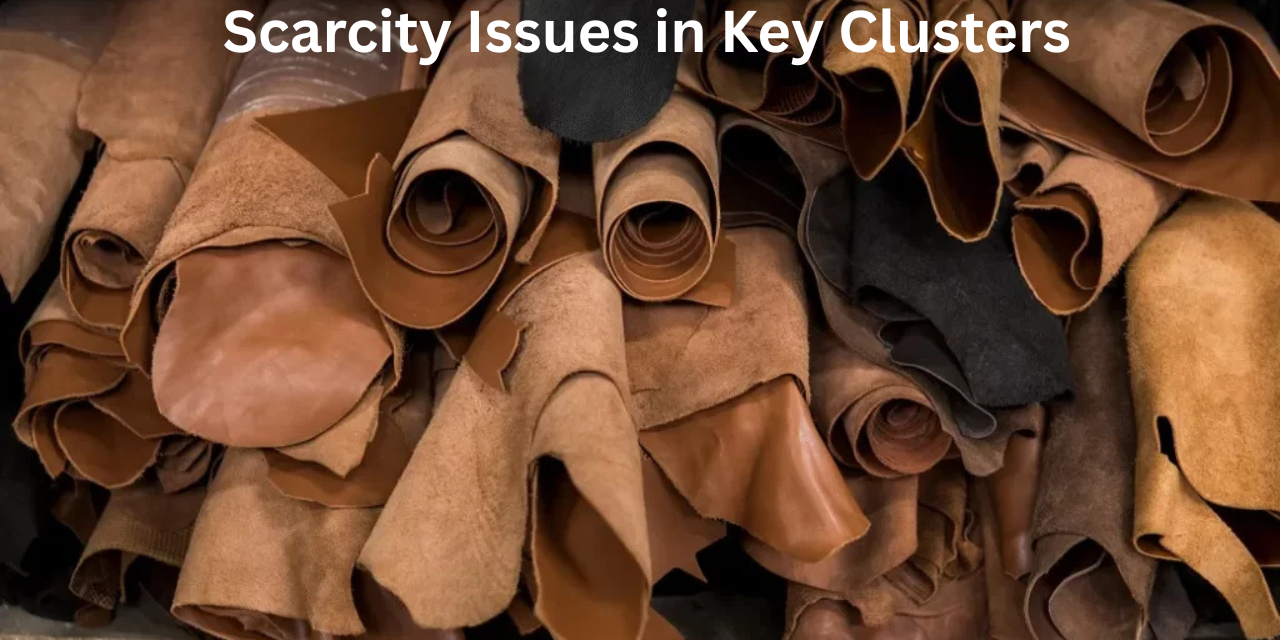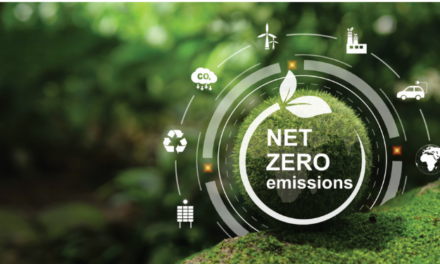The Indian leather industry, a key player in global exports, is grappling with a critical issue—water scarcity—which is affecting key leather-producing regions. Areas such as Tamil Nadu, Uttar Pradesh, and West Bengal, which house the majority of India’s tanneries and leather manufacturing units, are facing increasing pressure due to water shortages. Leather production is a water-intensive process, especially during the tanning phase, which requires large amounts of water for processing and cleaning.
Water scarcity is exacerbated by several factors, including climate change, over-extraction of groundwater, and inadequate water management practices in many of these regions. As a result, tanneries are finding it difficult to maintain consistent production levels and meet growing global demand. Additionally, water shortages can lead to increased operational costs, as manufacturers are forced to invest in alternative water sources, such as rainwater harvesting or water recycling technologies.
The issue is not only impacting productivity but also posing significant environmental challenges. Traditional tanning methods, which often involve the use of harmful chemicals, exacerbate the negative environmental impact, especially in areas already facing water stress. This has led to increased scrutiny from regulatory authorities and international buyers, who are increasingly seeking products that are made with sustainable and water-efficient practices.
In response to these challenges, the Indian leather industry is beginning to adopt water-saving technologies such as closed-loop water systems and advanced water treatment solutions to reduce water consumption. The government has also started supporting sustainable practices through subsidies and incentives for adopting eco-friendly tanning methods.
To address this growing concern, the Indian leather sector will need to focus on innovative water management practices and collaborate with environmental agencies to ensure that the industry can continue to grow sustainably without depleting the water resources that are essential for its operations.







